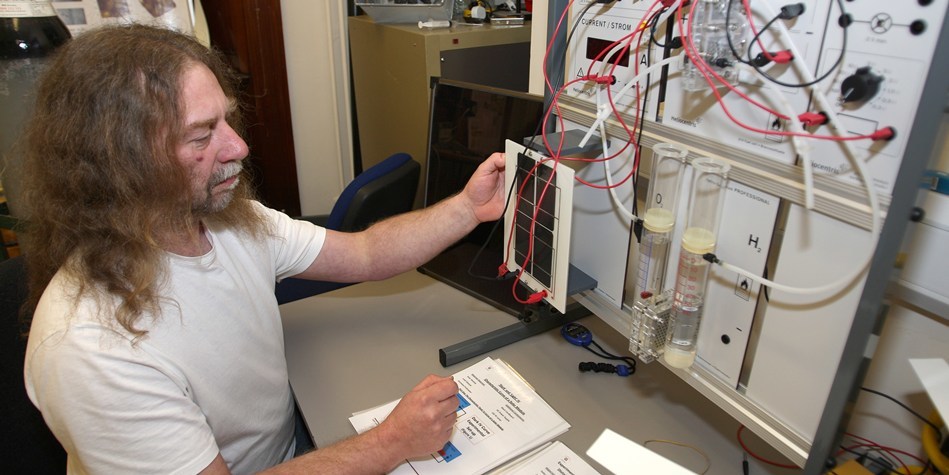From this month, anyone with a south-facing roof and £12,000 to invest could earn a payback of around £1000 per year, guaranteed for 25 years, by installing 10 square metres of electricity-generating solar panelling.
It’s an attractive rate of return for anyone with the spare cash. However, their profits will be paid for by the rest of us, through our electricity bills.
Critics have described the scheme as a ‘great green rip off’, since those who can’t afford to buy into it will be subsidising those who can; but advocates point out that the resulting increase in demand will ultimately drive costs down, making domestic solar energy a viable option for more people, as well as decreasing our reliance on environmentally damaging fossil fuels.
It’s true that Scottish sunshine is never going to provide for all our energy needs, admits physicist Dr Steve Reynolds, of Dundee University, but solar power is one of the renewable energy options open to us here nevertheless.
“Even in Scotland, we receive about 50% of the total sunshine hours that are received by Spain, for example and Spain is considered a very good area to be able to site photovoltaics (solar panels) to produce electricity from the sun.
“So, in principle, there’s no reason why the UK can’t do the same.”
The main reason we haven’t been making use of solar power so far in Britain, is down to cost, Dr Reynolds said.
True comparisons between fossil fuels and alternative energy sources are difficult to make, though, as the fossil fuel industry is subsidised by up to an estimated US$500 billion per year. However, scaling up production of solar energy systems would bring costs down.
Anyone who gets a 2.5 kilowatt photovoltaic system installed on their roof may be able to earn around £900 per year by selling electricity back to the national grid at a guaranteed rate, as well as saving around £140 per year on their electricity bill, according to climate change secretary, Ed Miliband although the figures could be lower for householders in Scotland.
“It is a government stimulated method of increasing demand,” says Dr Reynolds. “If you increase demand, supply has to go up to meet the demand and everything gets scaled up so it becomes cheaper.
Profits aside, how much of its demand for electricity can an average Scottish household meet if it installs a 2.5 kW photovoltaic system on its roof?Combined power”You could probably meet the needs of your own house for two or three months of the year in Scotland, but that’s not sufficient. So there has to be photovoltaics combined with other sources of renewable energy, plus further conventional sources, like nuclear, as a base power.”
As well as the photovoltaic panels, which produce electricity, there is another type of solar panel that produces hot water. These are much cheaper to install, and becoming increasingly popular in Scotland, says Dr Reynolds.
“This second type is in some ways more appropriate for citizens of Dundee. It’s solar thermal and works by heating water. What you have is basically a black panel with pipes in it, you send the water through the pipes and it heats up in the sun’s rays, giving you some hot water for free.
There are a number of schemes sponsored by Dundee City Council and by the housing associations in Scotland, which are making use of this already. There are around a hundred houses in Dundee equipped with solar thermal panels, so they get free hot water when the sun shines.”
Looking at the situation globally, there’s potentially a much brighter future for solar energy, Dr Reynolds says.
“The sun produces enough energy every second to power the earth for a year if it was all to be gathered and used on the earth. So there’s a lot of energy generated by the sun. We’re a long way away from it, of course, but enough falls on the surface of the earth for us to generate all our electricity needs from solar energy, in principle.”
